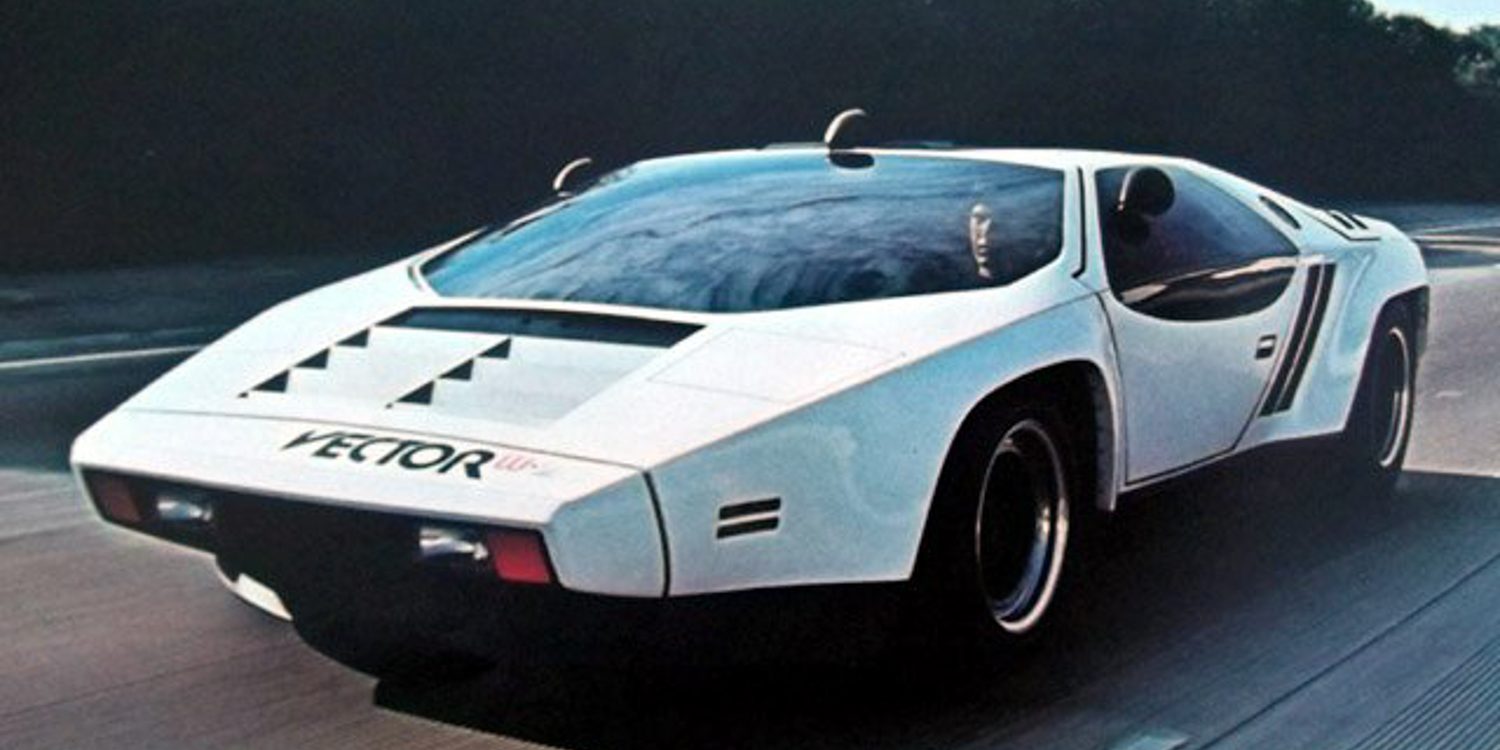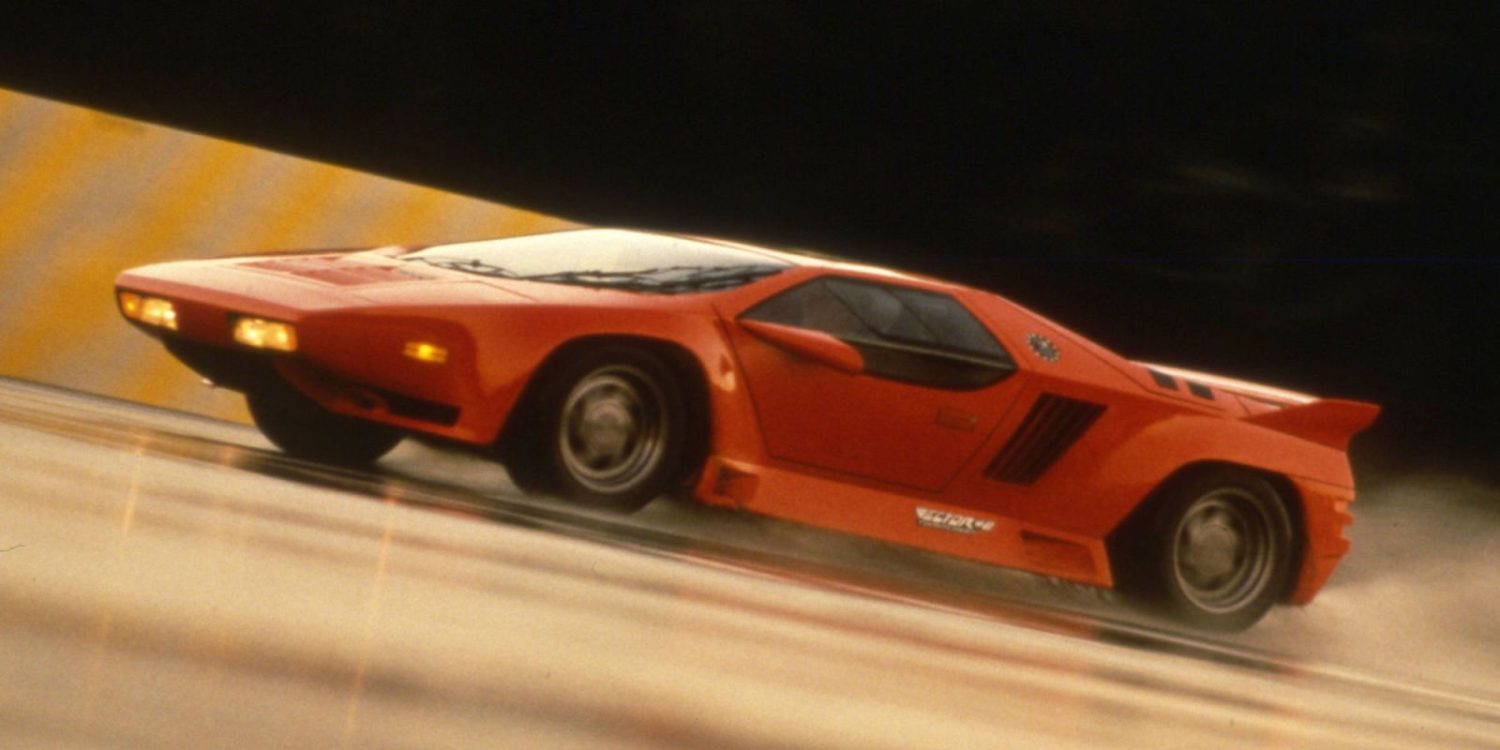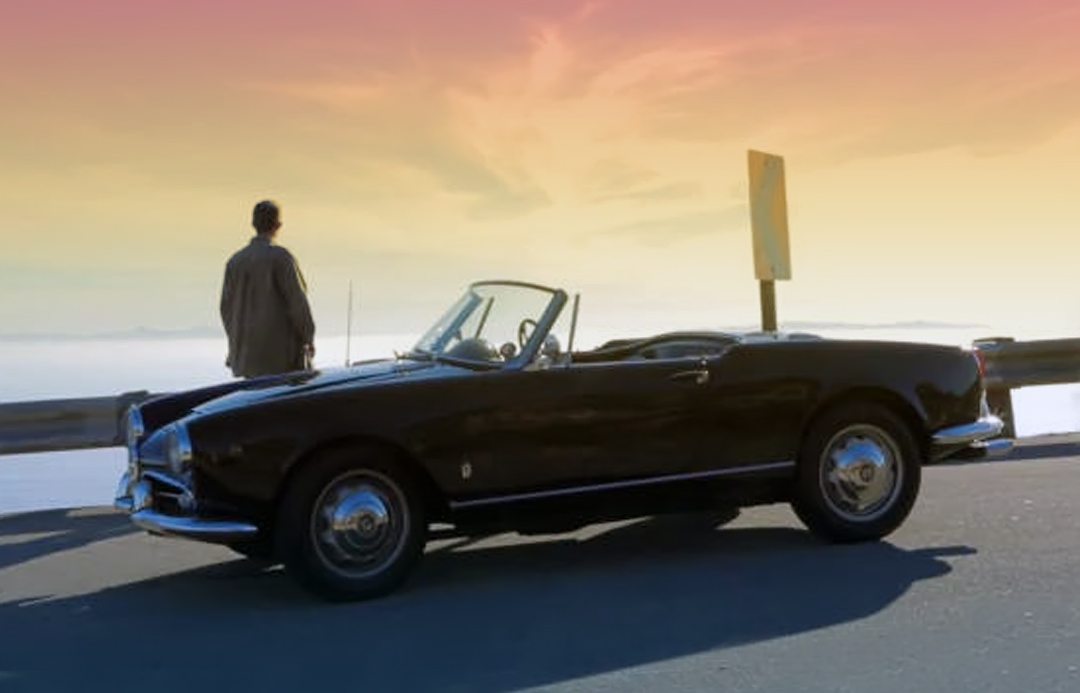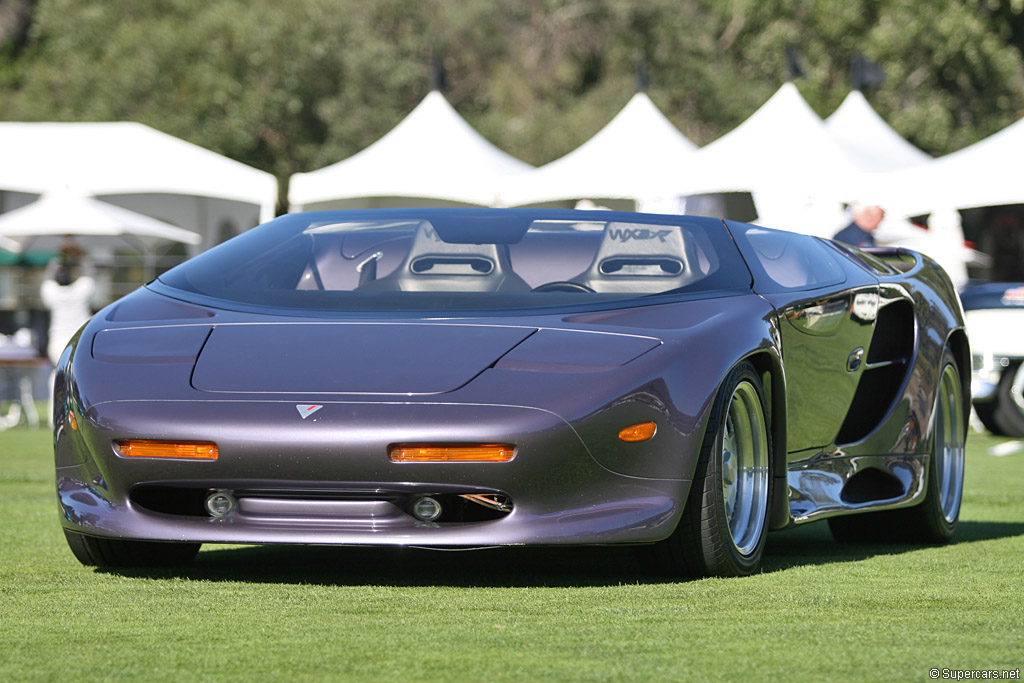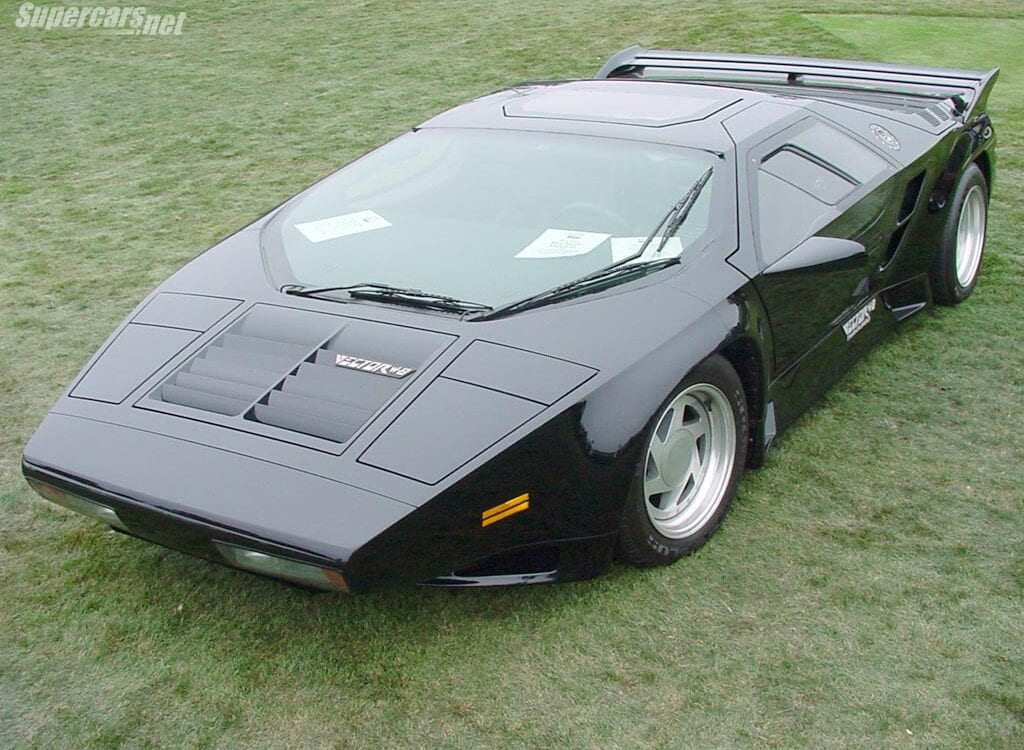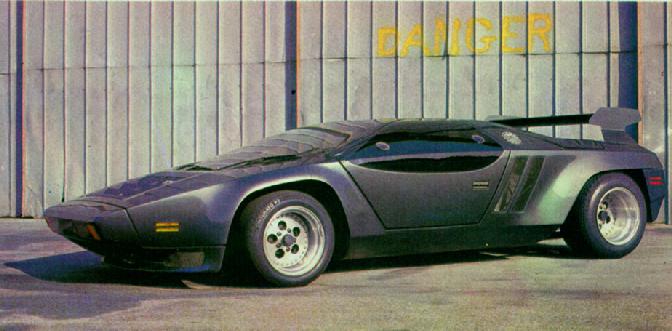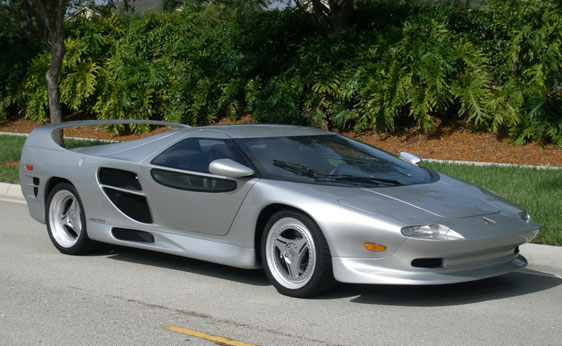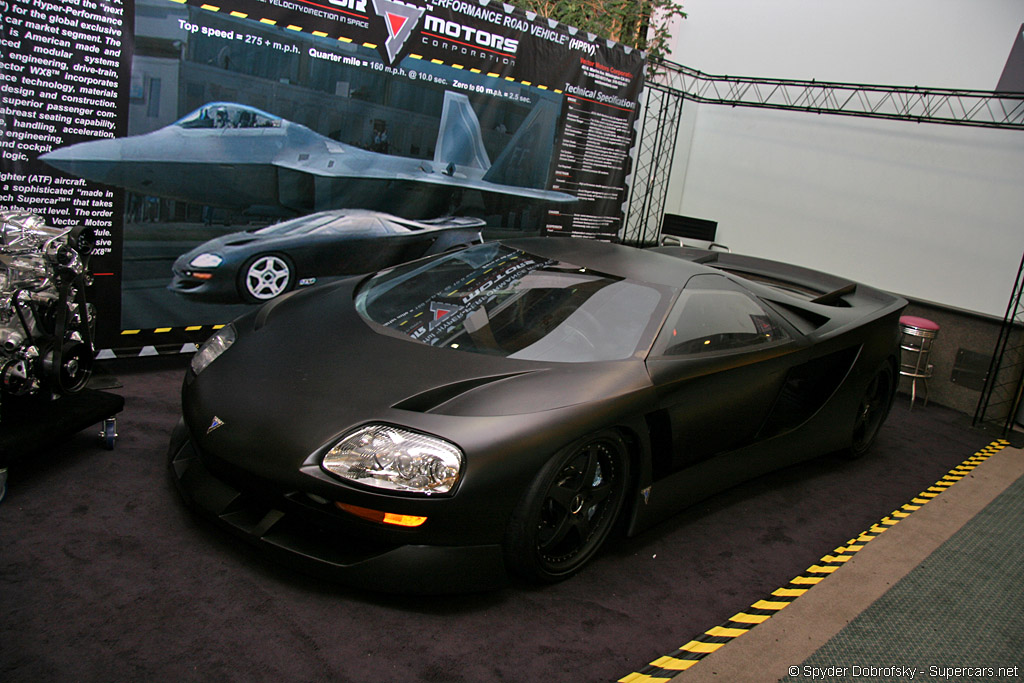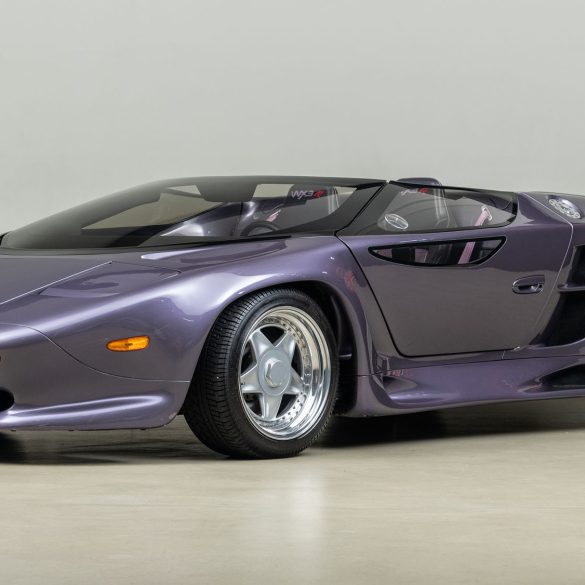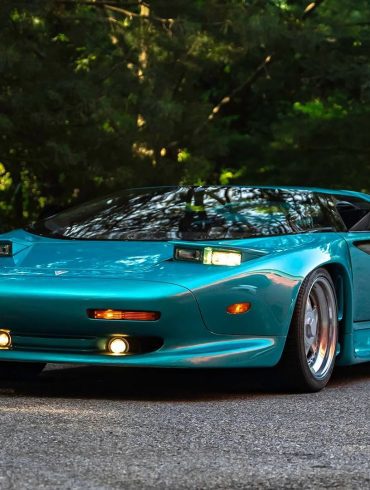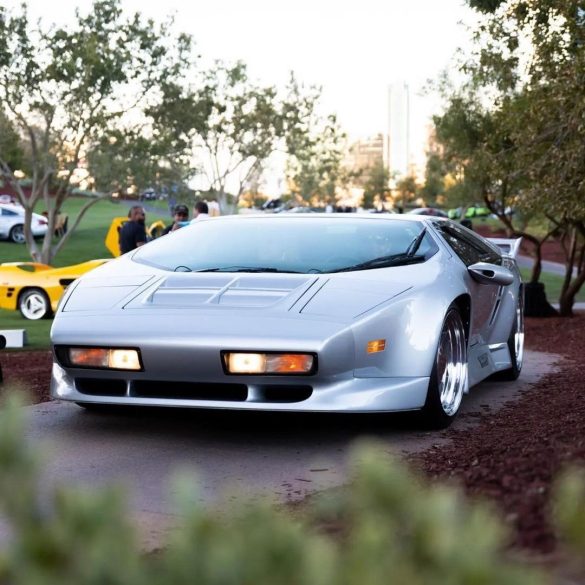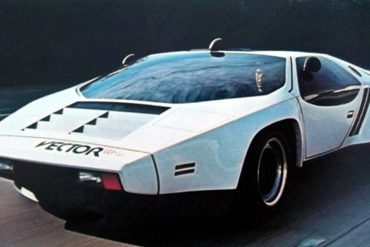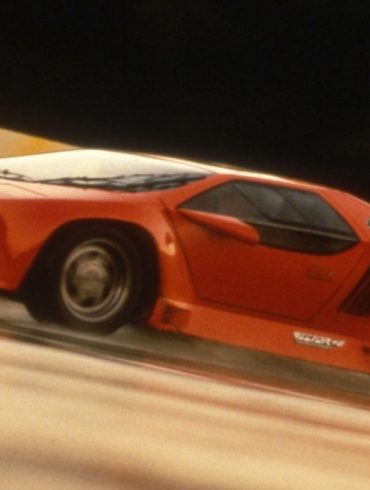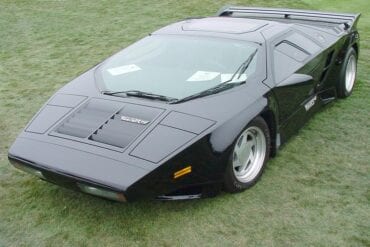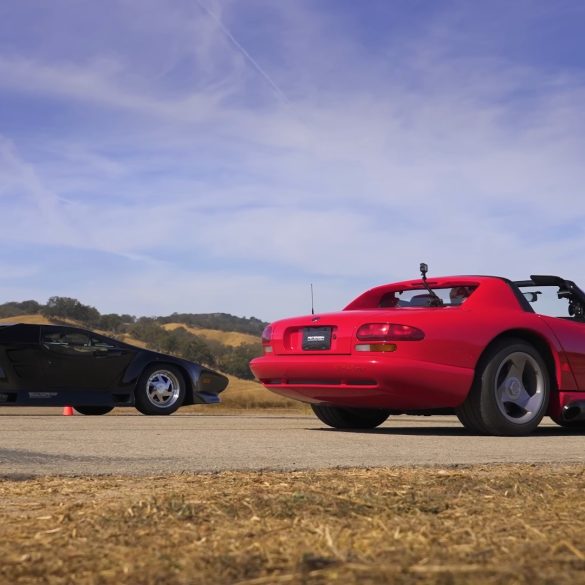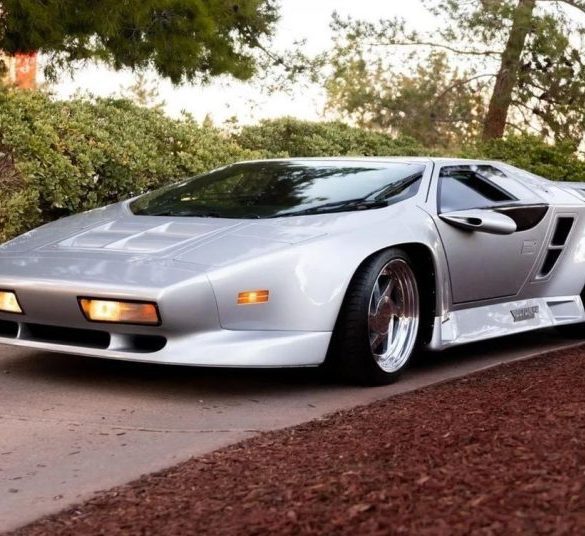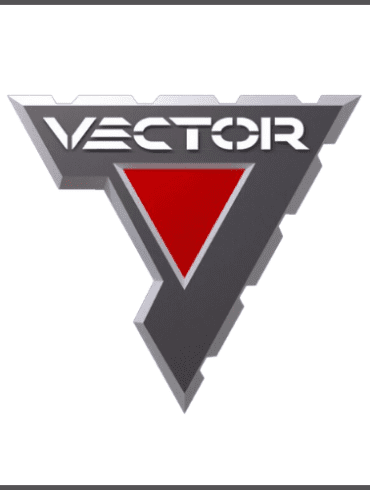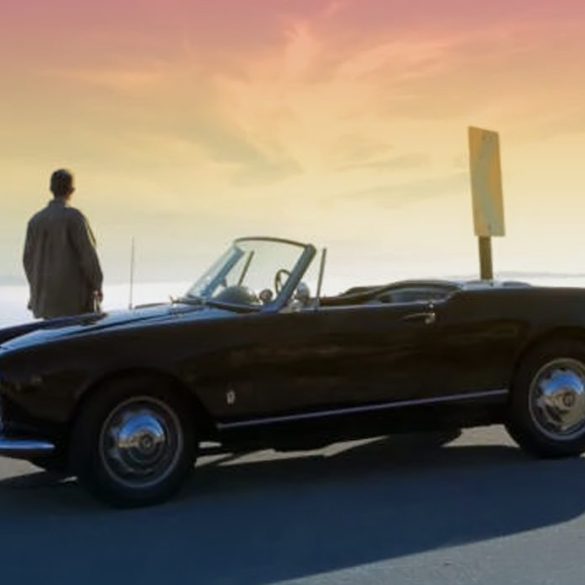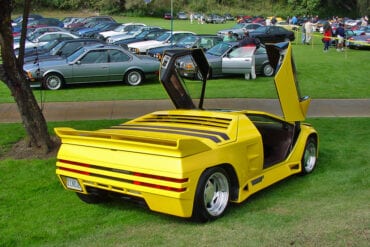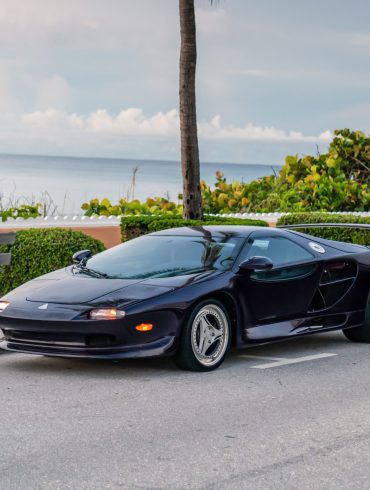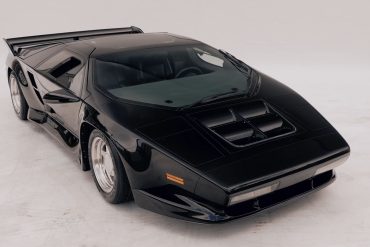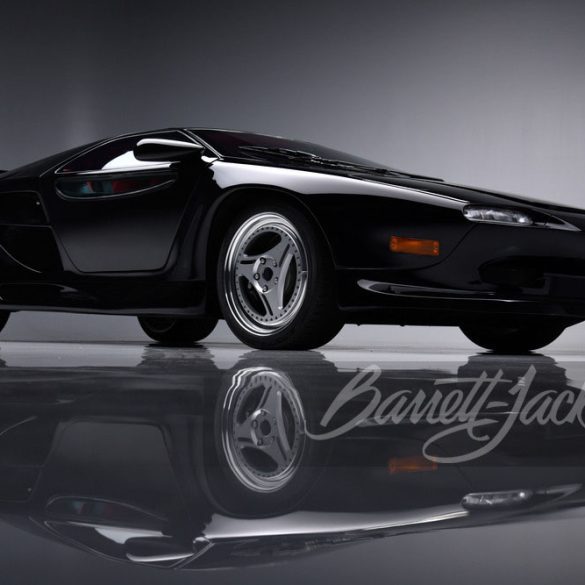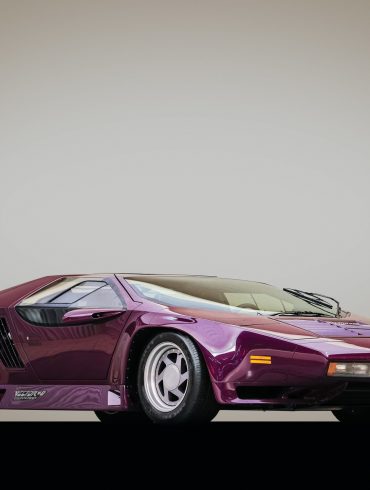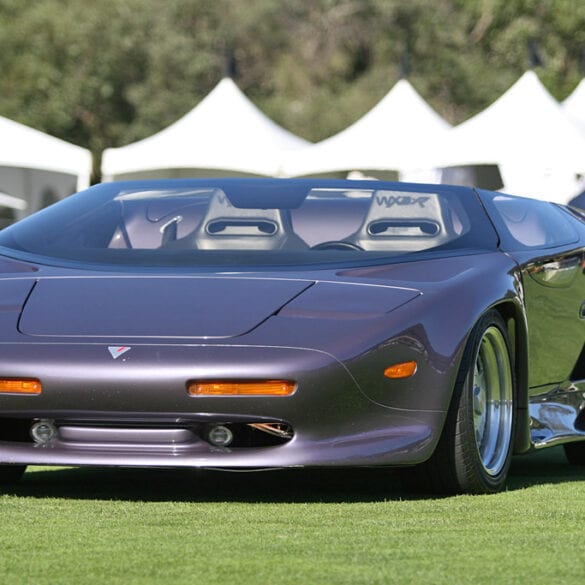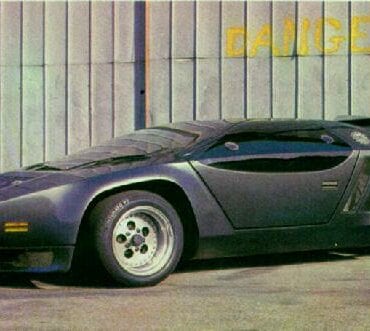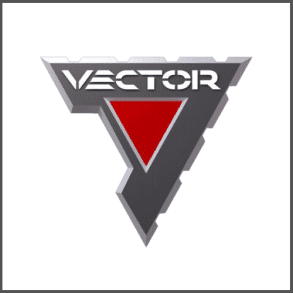
Vector Motors
Research, History, Reviews, Media & More
The Story / News & Updates / Models / Features / Videos & Galleries
Vector Motors
The 1990s arrived and the world seemed to have had enough of the status quo of Ferrari, Lamborghini and Porsche at the top of the supercar heap. The effort to bring down the establishment appeared to be a concerted effort, as manufacturers from Asia, the U.S., and the rest of Europe looked to shake up the supercar space simultaneously.
There were certainly different approaches to this goal, for example, with the Honda pioneering the ‘everyday supercar’ movement with its NSX; producing a high-performance supercar which was also reliable, comfortable and refined – a combination of characteristics simply unheard of at the time. Using the aforementioned as a template, others such as McLaren with its F1 would then take that philosophy to the next level.
An American Tale
Then we have Vector Aeromotive Corporation, who added their relatively lesser-known American flavor to this mix. Founded by industry veteran Gerald Wiegert in Wilmington, California, this company, through the production of its Vector W8 Twin Turbo, would make its entrance into the automotive establishment with a manner which would be fittingly described as “shock and awe”.
This was probably the only tactic that Wiegert could employ, knowing very well that he could not rely on brand heritage or prestige to make a statement. “The idea is to build a reputation, not ride on one,” said Wiegert, acutely conscientious as to what this journey would entail. This message resonated enough to garner some enthusiasm within the right circles – and more importantly some investors – so the company was able to raise more than $13 million USD of capital and expand their operations into a 35,000 square foot facility.
Below we share with you the limited model history of Vector Motors and why we wish it had managed to stay the course. We need more Vector Motors types in the world.
Vector W2
Vector Motors was originally founded in 1971 by Gerald Wiegert in Wilmington, California. Wiegert and a popular auto body expert named Lee Brown teamed up under the name ‘Vehicle Design Force’ and created a concept called the Vector. Unfortunately, this car never made it to production and instead, the research was diverted to a new model: the W2.
The prototype had angles that glinted like a sword and was reminiscent of the Bertone-designed Countach, but somehow looked more wicked, and would fit in Los Angeles appropriately. Inside, a twin-turbo aluminum 350 Chevy V8 paired with GM’s 3-speed automatic transmission put down over 650 horsepower with a rumored top speed of 230 mph.
That was insane in 1978. The car was very well received and gained an impressive amount of attention from the likes of Motor Trend and Top Gear. However, Top Gear was oddly ordered not to do a speed test on the car. Between 1978-1989, the concept traveled over 100,000 miles, the furthest of any concept.
Vector W8
However, in 1989, Wiegert’s campaign against the exotics of Europe peaked with the release of the Vector W8 twin-turbo. This was a collection of improvements made from the W2, including a 6.0L Rodeck aluminum racing engine boosted by two Garrett turbochargers, and boasted 625 horsepower and 649 lb-ft of torque.
On the skidpad, the W8 generated 0.97g of acceleration and was the highest in its class.
On the inside, the car was outfitted with luxurious amenities typically omitted from other exotics. Electronically adjustable Recaro racing seats were positioned slightly closer to the middle of the cockpit to improve driver experience.
Wool carpeting, suede and leather upholstery completed the lavish interior, and the dashboard eerily resembled typical fighter jet controls. At a price tag of $455,000, seventeen W8’s were built for public sale. As far as publicity is concerned, nearly everything went wrong for Vector. Tennis star Andre Agassi requested a refund for his W8 as a result of the wool carpeting burning due to the exhaust. All three cars provided to Car and Driver broke down in various ways and none of them were fit for testing. The car had the looks and the stats to back it up yet negative publicity brought the monster to its knees.
Vector WX-3
In 1993, Wiegert debuted the successor of the W8: the WX-3. Diverting from the sharp angles, the WX-3 received some curves and a top tier engine option that included a 1200 horsepower 7.0L twin-turbo V8. However, this is where the story gets insane.
Indonesian company Megatech, sounding like an intergalactic space villain, acquired the controlling interest in Vector. Upon his return from the Geneva Auto Show in 1993, Wiegert was asked to relinquish the company, which he furiously refused. Vector HQ was placed under a physical lock down, and Gerald Wiegert was fired from his own company.
At the time, Megatech owned Lamborghini as well, and created the largely disgraced M12 using the Lamborghini Diablo 5.7L V12 engine (to decrease production costs), and was described by Autoweek as the worst car they had ever tested.
Battered by failure, Megatech sold Lamborghini to Audi but retained Vector. Lamborghini now wanted payment for the engines, but Megatech had no payment available; except an unsold Vector W8. Lamborghini accepted, and the car still resides in the claws of the Italians to this day.
In 1999, Megatech folded, taking Vector Motors along with it.
Vector WX-8
While the crash and burn of America’s Supercar optimism was indeed deflating, there is hope. Wiegert acquired the crumbling ruin of his company back, and in 2006, confirmed that a new supercar was in the works.
At the 2007 L.A. AutoShow, the new WX-8 prototype was unveiled, but it’s been quiet since then. However, most recently, two WX-3 prototypes have been listed for sale in 2018 to fund the improved WX-8, and the specs are insanity in list-form. There are two options as far as the engine is concerned: a 7.8L and a 10.0L with different turbo configurations.
For instance, top of the line specs include 1850+ horsepower, 0-60 mph in 2.3 seconds, and a 300-mph top speed. Tell me that isn’t mind-boggling. And yes, this car is being built in Wilmington, CA.
Can we applaud this grit through adversity loud enough? Gerald Wiegert embodies the American drive perfectly, and look at what he’s got in the works. If the WX-8 makes it to production, it would establish America as a real competitor with Ferrari, Bugatti, and all those European behemoths.
Keep an eye on Wilmington, as a new hypercar goliath might soon be representing the Stars and Stripes.
Vector Motors Basics
Founded: 1971
Founder: Gerald Wiegert
Headquarters: Wilmington, California
Did You Know?
Vector Motors Corporation (VMC) was founded to be "an advanced Vehicle & Consumer Product Technology Company (VCPTC)." Sounds fancy. Their website the said "VMC was created to be the World’s preeminent, independent, American based Hypercar company."


